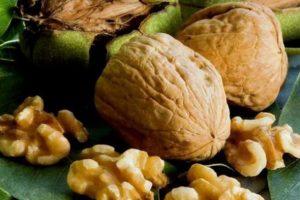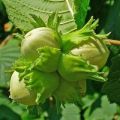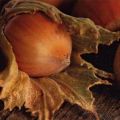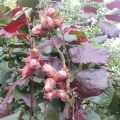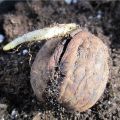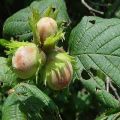Methods of grafting hazelnuts on a bear nut, terms and features
Hazelnuts are popular with both adults and children. They are grown in gardens, cultivated with various types of walnut trees. A common question for breeders is grafting a hazelnut onto a bear nut. The rules and timing of vaccination will be discussed below.
Terms of vaccination
Hazelnut is one of the varieties of hazel, distinguished by large fruits. In total, there are about 20 varieties of hazel, which are obtained by cultivation and grafting. A bear nut is used to domesticate hazel, but other trees are also suitable. This is a long-lived, frost-resistant tree up to 25-30 m high.
There are several reasons why it is necessary to graft hazelnuts to a bear nut. This is done for:
- increased winter hardiness;
- tree structure;
- early maturity;
- increased productivity;
- lack of undergrowth;
- life extension;
- the ability to exploit the site under trees.
Hazelnuts are grafted onto a bear nut in winter and spring. It is better to use a heated room or a greenhouse to place the cuttings.
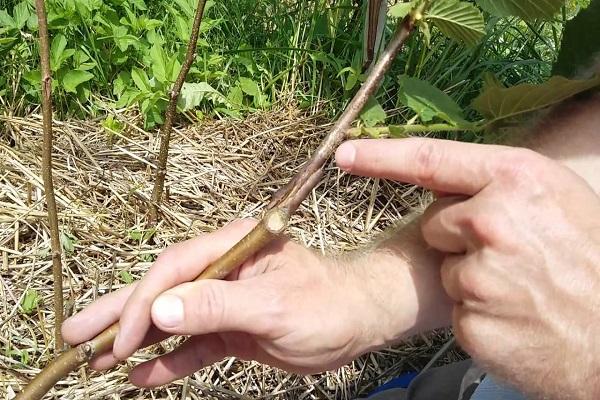
Spring grafting
Harvesting of cuttings should begin in late November or early March before the buds awaken. The cuttings are kept in the cellar. It is necessary to vaccinate after a slight warming, depending on the region. In the southern part of the country, vaccinations begin at the end of March, in the northern part - in mid-April. The buds of the scion must be dormant, otherwise the tree will die due to the lack of plastic substances in the cuttings.
Summer grafting
The stalk can be grafted in the summer, it is best to do this in July-August. It is necessary to cut off the stalk right before grafting or a day before. If the cuttings were cut the day before grafting, they must be wrapped in a damp cloth and put in a bag. Grafting of cuttings to the crown is usually done in warm regions, since in the cold they will not take root, they will disappear.
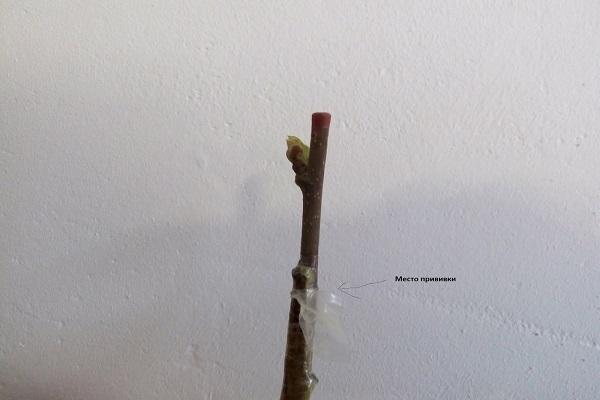
Grafting methods for hazelnuts
Reproduction of hazelnuts by grafting to hazel varieties with many useful properties makes it possible to get new bushes in a quick time. You can graft cuttings in early spring in the following ways:
- Improved copulation is the most effective method. It increases the survival rate due to close contact with the grafted parts and a large area of contact. Copulation takes place in any season.
- Grafting for the bark. This method gives one hundred percent survival rate. In the spring, the easy peeling off of the bark makes the grafting process easier.
- Cleft graft. The sections must be correct, clearly matching. The cut must be tightly wrapped. It is important that all factors are present - correct technique, good juicing, optimal environmental conditions.
- Budding.In this case, an eye or kidney is grafted. The sprouting eye appears in the spring, and the dormant one in the summer. Okulation means that natural omissions are eliminated before cutting the scion buds. They should not touch the vaccination site. If the villi get into it, the fusion will fail. The survival rate can be improved by two or three buds.
After grafting, no more than 2-3 buds should remain, they will ensure successful fusion and further development of the tree. Wrapping the cuttings in bags will prevent moisture evaporation and protect from the sun.
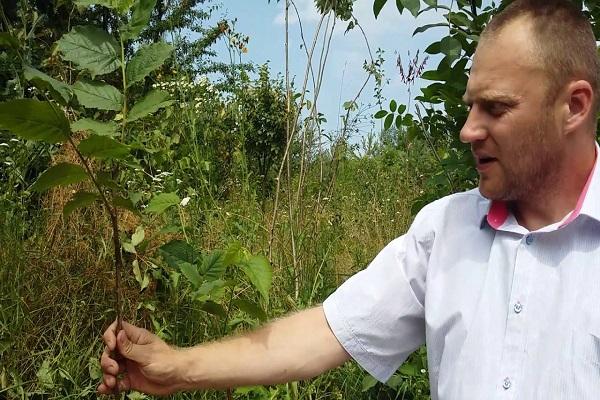
The grafting is done at a height of 1-1.5 m, after which all buds are removed after germination, otherwise the rootstock and scion may be damaged. In the places of the cuts, it is necessary to coat with garden pitch. After that, they are wrapped with PVC film, which is removed after budding.
Winter grafting
Hazelnuts on a bear nut can be grafted in winter and spring. In mid-November, rootstock bushes should be dug up, placed in a cellar, where the temperature is at least 0aboutC. At the beginning of March, they need to be taken out of the heated room, rinse the rhizomes, placed in mulch, filled with boiling water for 10-14 days. This will wake up the rootstock.

Packaged cuttings are best stored in a cool place. They are harvested in late November - early December. Until the moment of grafting, they should be dormant. Otherwise, they will not take root and die.
You can determine the awakening of the stock by swollen or germinating buds. From this point on, you can start grafting trees. After completing all the grafting manipulations, the seedlings are placed in wet mulch for 14-21 days in a warm room with a temperature of + 12-14aboutC. Irrigation should be done by systematic spraying. After warming, trees are planted in boxes and germinated until autumn.
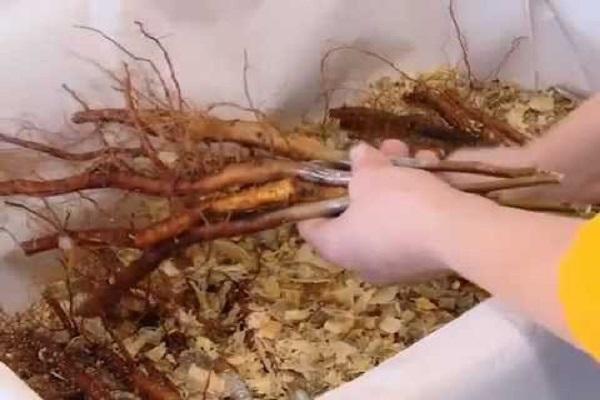
Features of grafting hazel on a bear nut
A very effective technique for accelerating the growth and engraftment of cuttings is accretion in the tube. The plant is placed in a polypropylene sewer pipe at the grafting site. Warm air is supplied through it with a temperature of up to +25aboutC - this will improve fusion. The rest of the plant is kept cool (at least + 12-13aboutFROM).
A slot is made in the pipe, into which the seedling is inserted. Next, the pipe is wrapped with some kind of material, without affecting the lower and upper parts of the tree. You can prevent the scion from drying out by spreading it with garden pitch. The air can be heated with a heating cable or from a hot oven.
Fusion takes place in three weeks, trees under such conditions take root in 98% of cases.
